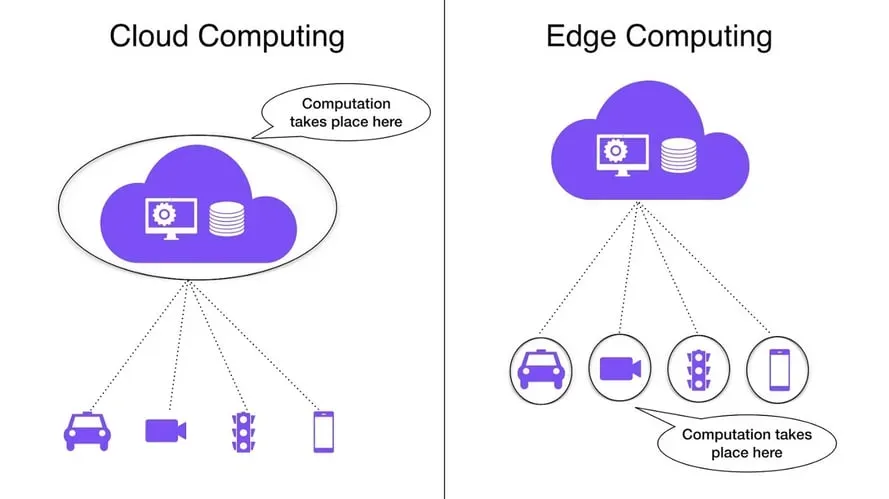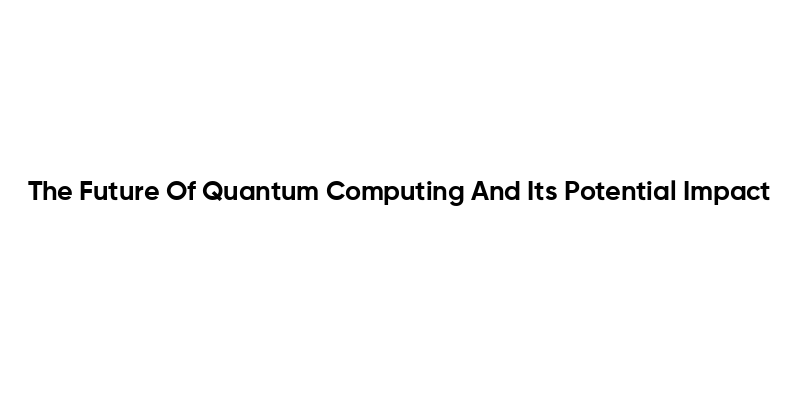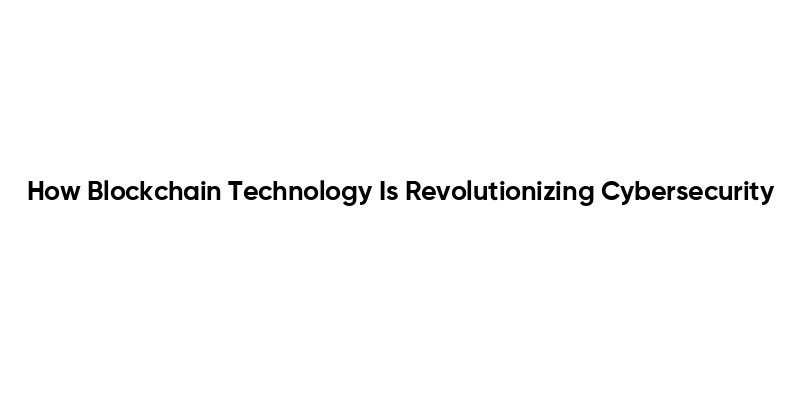Cloud to Edge computing is reshaping how organizations deploy workloads, bringing compute, storage, and intelligence closer to data sources and enabling faster insights at the point of origin, while redefining governance, security, and cross-team collaboration.
To beginners, the idea translates into leveraging edge computing basics to cut latency, reduce bandwidth, and empower local decisions that complement centralized analytics for scalable, compliant deployments across industries such as manufacturing, logistics, and health.
The practical model often depends on a hybrid cloud infrastructure that pairs edge devices and gateways with scalable cloud services for orchestration, storage, and advanced processing.
By understanding where to place workloads—between near-edge locations and the central cloud—teams can design for resilience, governance, cost efficiency, and continuous governance while supporting real-time responsiveness.
This introduction lays the groundwork for a practical, scalable path toward distributed computing that respects data locality, security, and enterprise needs, guiding budgeting, skill development, and pilot-to-production transitions.
Cloud to Edge computing: A Descriptive Overview of Edge Computing Basics and Hybrid Cloud Infrastructure
Cloud to Edge computing blends cloud and edge resources, bringing compute, storage, and intelligence closer to where data is produced. From an edge computing basics perspective, this approach enables devices, sensors, and local gateways to perform data pre-processing and real-time decision making, reducing the burden on centralized data centers. By locating workloads nearer to data sources, organizations can improve responsiveness for IoT edge devices and latency-sensitive applications while preserving the power of cloud-scale analytics for heavier tasks.
In a practical sense, the architecture stacks into distinct layers: an edge layer with devices and gateways, regional edge data centers for intermediate compute, and a cloud layer for orchestration, long-term storage, and advanced analytics. This cloud to edge architecture supports data streaming, local filtering, and secure data exchange, enabling a resilient and scalable hybrid cloud infrastructure. Emphasizing edge computing basics helps teams design secure update mechanisms, robust identity management, and governance that spans both edge and cloud environments.
Edge Computing vs Cloud: Designing a Hybrid Cloud Infrastructure for Cloud to Edge Architecture
Edge computing vs cloud is not an either/or choice; it’s a deliberate distribution of workloads to optimize latency, bandwidth, and governance. In the context of a hybrid cloud infrastructure, critical, time-sensitive tasks run at the edge, while the cloud handles heavy analytics, global orchestration, and data lake storage. This perspective aligns with cloud to edge architecture principles, where IoT edge devices feed local processing into centralized platforms for deeper insights, enabling a balanced and cost-effective IT strategy.
To implement effectively, organizations should map data flows from the edge devices through gateways to local data centers and into the cloud, prioritizing data minimization and secure communications. Practical steps include selecting scalable edge hardware, establishing consistent management and security tooling across environments, and adopting interoperable standards for data formats and APIs. By focusing on a cohesive hybrid cloud infrastructure and the realities of edge computing vs cloud, teams can achieve near-real-time responsiveness, robust governance, and optimized total cost of ownership.
Frequently Asked Questions
What is Cloud to Edge computing, and how do edge computing basics and cloud to edge architecture fit together?
Cloud to Edge computing splits workloads between cloud environments and edge locations. Edge computing basics cover edge devices, local data processing, and data pre-processing to reduce latency. In a typical cloud to edge architecture, the edge layer (devices, gateways, local servers) interfaces with regional edge data centers and a cloud layer for orchestration and advanced analytics, forming a hybrid, scalable IT setup. IoT edge devices illustrate this model by enabling near-real-time responses while the cloud handles long-term storage and centralized management.
With a hybrid cloud infrastructure, how do you decide which workloads run on the edge vs the cloud, and what role do IoT edge devices play in this decision?
In a hybrid cloud infrastructure, you decide edge vs cloud workloads based on latency requirements, data volume, and privacy or governance needs. Edge vs cloud makes sense for latency-sensitive tasks and local decision-making at the edge, while the cloud handles heavy analytics, orchestration, and global governance. IoT edge devices enable local data collection and pre-processing, feeding refined data to the cloud as needed. Start with a minimum viable architecture, map data flows, and define security policies to guide scalable decisions across cloud and edge.
| Aspect | Key Point | Notes / Details |
|---|---|---|
| What is Cloud to Edge Computing | Workloads split between cloud and edge; cloud handles centralized processing; edge handles latency-sensitive tasks; forms a hybrid IT infrastructure. | Edge-close compute, latency reduction, orchestration between cloud and edge. |
| Why Move Toward Edge | Lower latency, bandwidth optimization, resilience, personalization. | Supports real-time apps and data locality/regulatory needs. |
| Practical Definition for Beginners | Edge handles urgent tasks; cloud handles heavy analytics and long-term storage; data flows between edge and cloud. | Examples: manufacturing floor, smart home, retail. |
| Core Concepts | Edge devices/servers; local processing vs centralized analytics; data streaming/pre-processing; latency, bandwidth, and cost trade-offs; security at the edge. | Foundational ideas for Edge computing. |
| Cloud to Edge Architecture | Edge layer with devices/gateways; regional data centers; cloud layer; networking/interoperability. | Connectivity and governance across layers. |
| Architectural Patterns | Distributed edge, Fog computing, Hybrid cloud, Zonal architecture. | Supports modular deployment and location-aware planning. |
| Designing Hybrid Cloud | Assess workloads, define data flows, hardware/platform choices, unified management, security/governance. | Guides practical implementation. |
| Practical Considerations | Interoperability, observability, cost management, software updates, scalability. | Vital for long-term success. |
| Edge Devices & IoT | IoT edge devices collect data; gateways provide protocol translation and initial analytics; bridge to cloud. | Central in IoT integration. |
| Security & Governance | Role-based access, device identity, secure boot, firmware attestation, encryption in transit and at rest, routine updates; governance across edge and cloud. | Ensures regulatory compliance and protection. |
| Myths, Pitfalls, Best Practices | Myth: Edge is always better; Reality: blend edge and cloud for best results; Pitfalls: over-provisioning; Best practices: MVP, data minimization, automation/observability. | Guides toward reliable deployments. |
| Use Cases | Industrial automation, Retail, Smart cities, Healthcare. | Demonstrates where Cloud to Edge shines. |
Summary
Cloud to Edge computing is reshaping how organizations deploy and manage modern IT infrastructures. By distributing workloads across edge devices, gateways, and centralized cloud services, organizations can reduce latency, improve responsiveness, and support real-time decision making in industrial, retail, and IoT scenarios. A well-designed Cloud to Edge architecture emphasizes clear data flows, consistent management, robust security, and governance that spans edge and cloud boundaries. Key benefits include lower bandwidth usage, improved data sovereignty, and enhanced reliability in network-challenged environments. Implementing a hybrid strategy starts with assessing workloads, selecting appropriate hardware, and establishing observable, secure update mechanisms. This phased approach helps organizations realize faster time-to-value, tighter control over costs, and the flexibility to scale as edge sites proliferate. By embracing open standards, interoperable platforms, and disciplined data minimization at the edge, Cloud to Edge computing enables smarter devices, more agile operations, and sustainable, compliant enterprise infrastructure.



